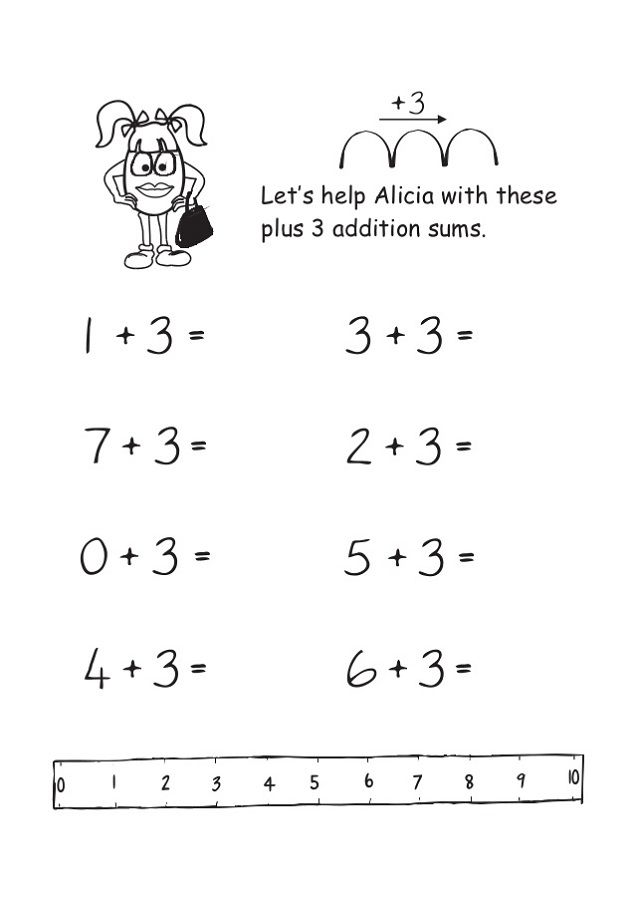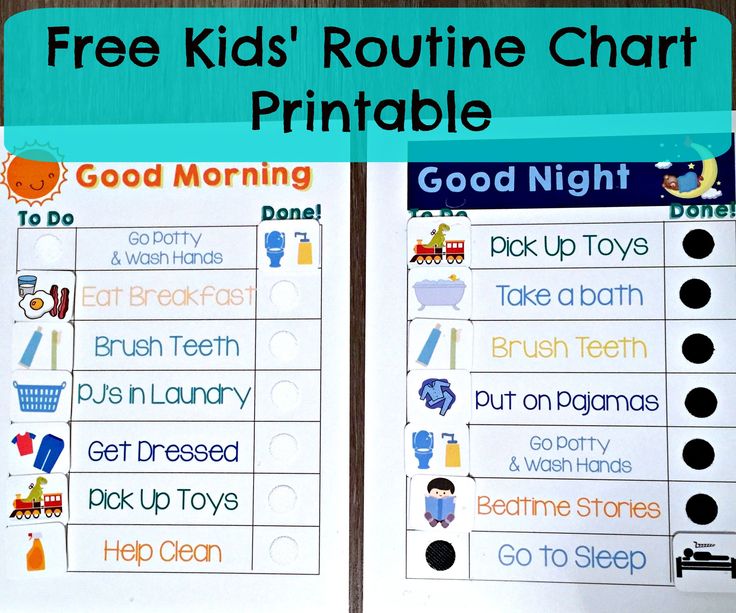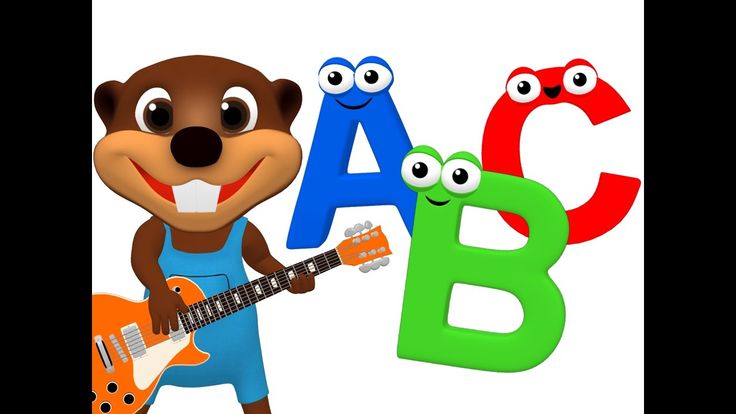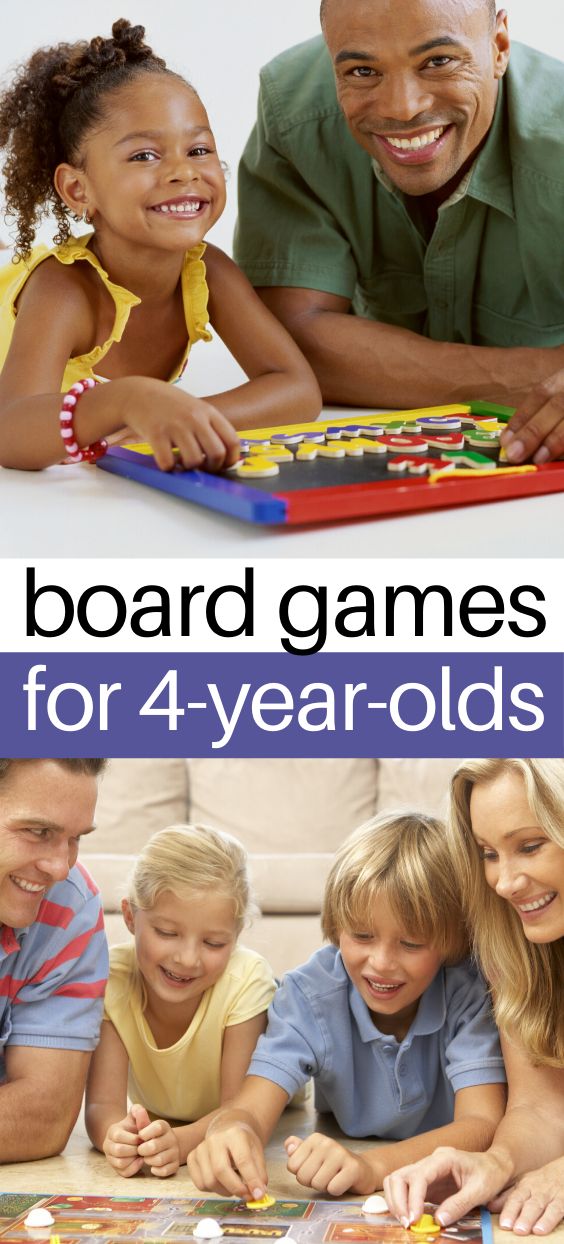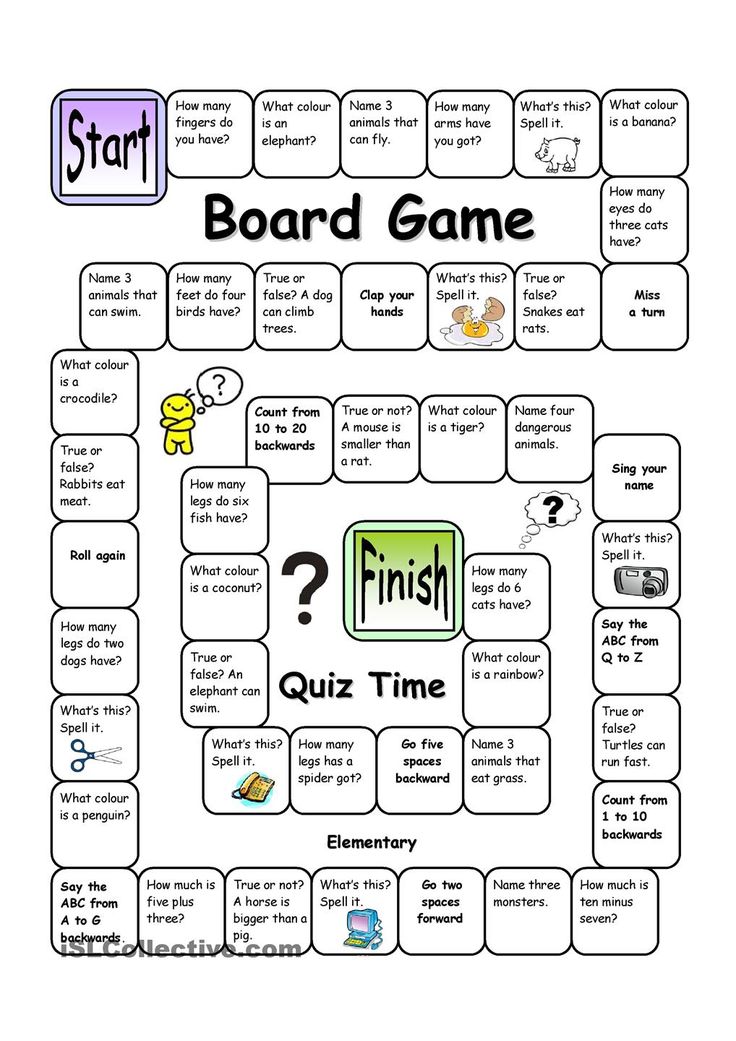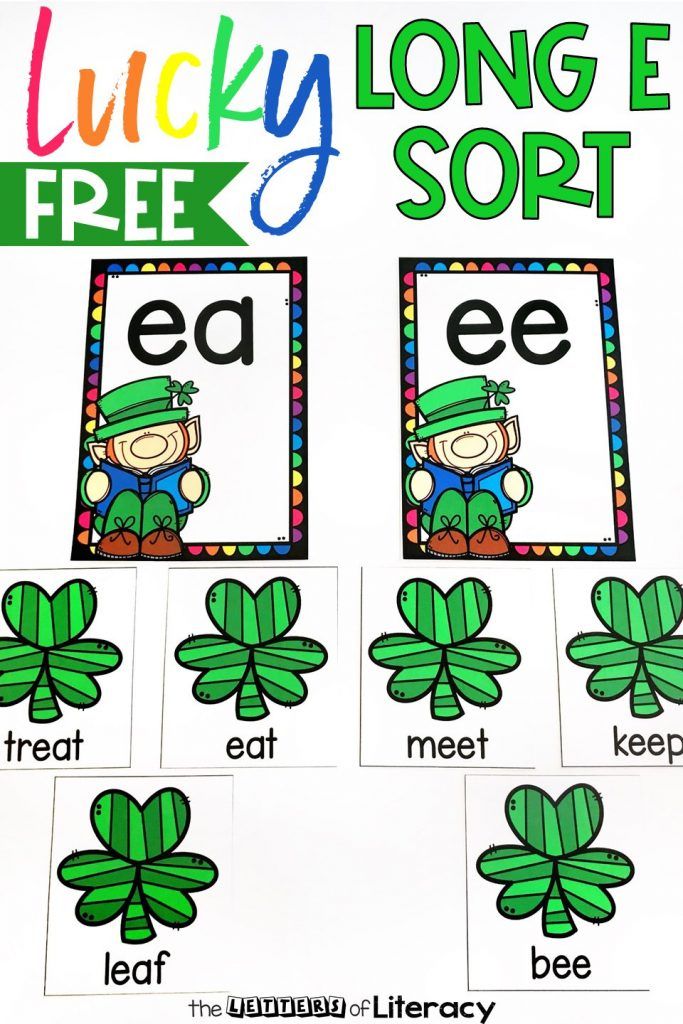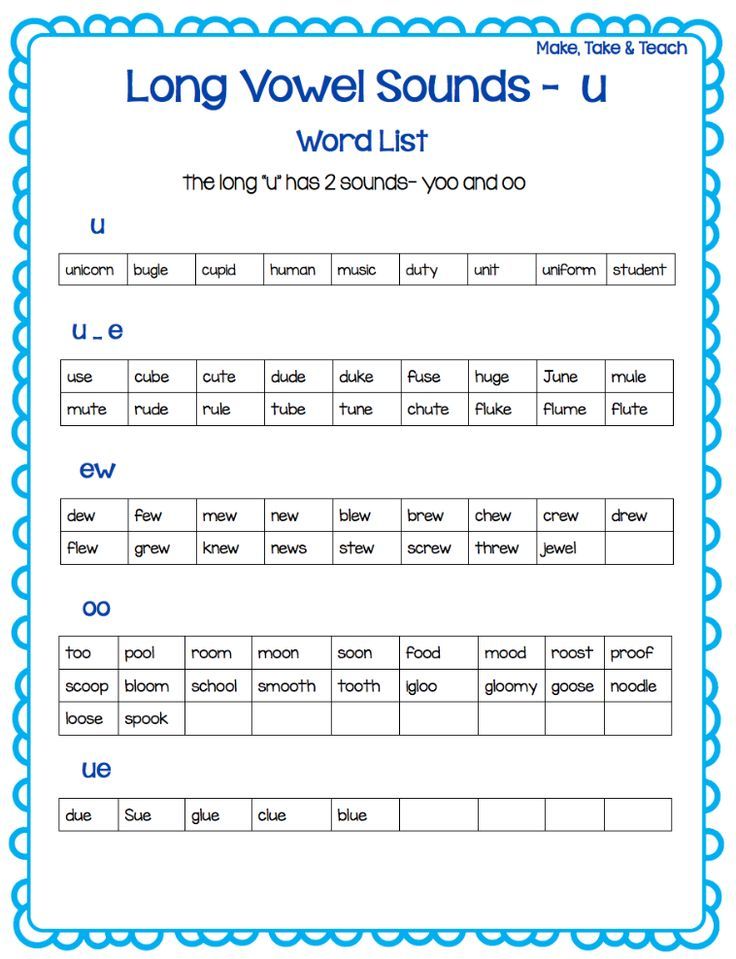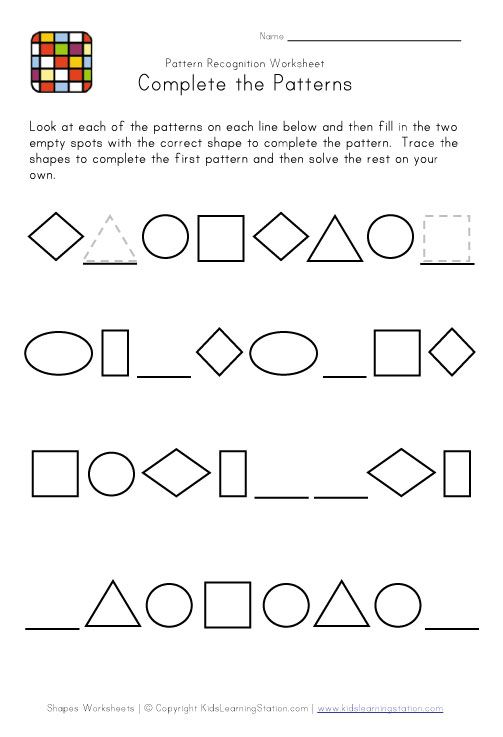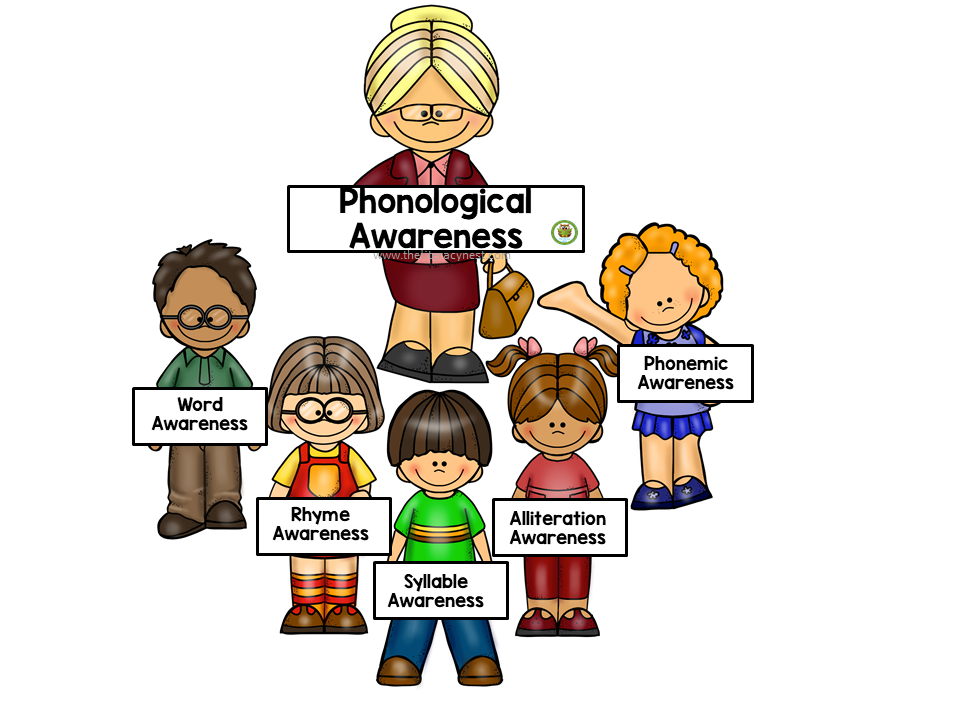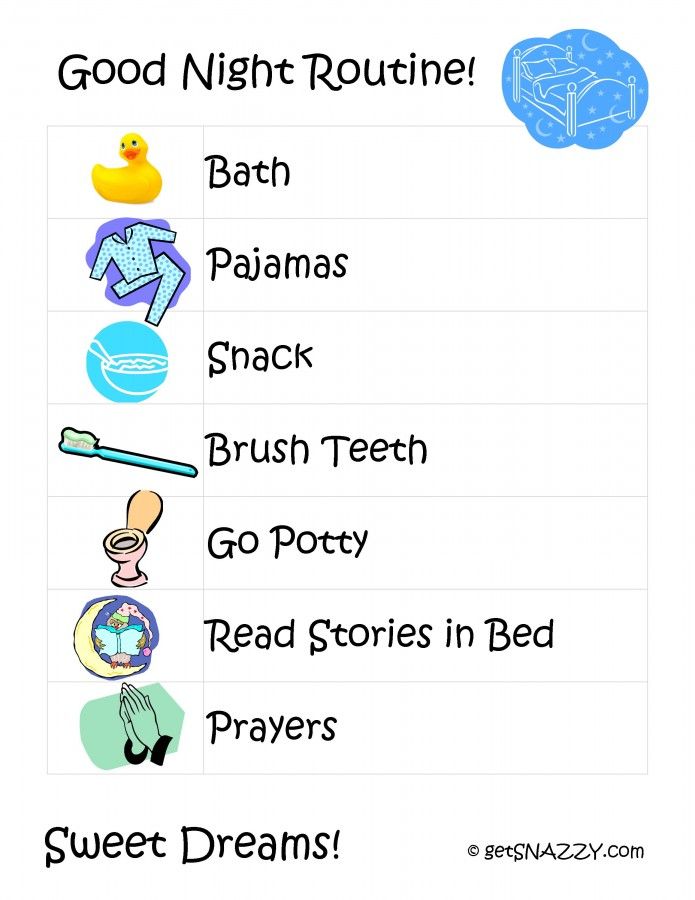Maths for three year olds
Maths: Age 3–4 (Early Years)
1. Listen to and sing songs and rhymes
Sing – even if it isn’t your strong point! Sing counting songs, such as ’10 Green Bottles’, ‘1, 2, Buckle My Shoe’ and ‘1, 2, 3, 4, 5, Once I Caught a Fish Alive’. Singing songs is a good way for children to become familiar with counting. Don’t worry if they choose the same songs again and again!
Want a number rhyme to try? Download our ‘Three little frogs’ activity sheet
2. Talk about numbers around you
Numbers are all around us, from calendars to the remote control, the telephone to car registration plates. Try pointing out numbers when you’re out and about – on front doors, signs, the front of buses and train platforms.
Talking about numbers around you early and often will show your child that numbers are part of everyday life. Choose a ‘Number of the Week’ and see how many times you can spot this number, around the house, out in the street or in the supermarket.
3. Read together
Share a book with your child. There are many fantastic books based around numbers, but any book can be used to help children develop early counting and number recognition skills.
Take time to talk about what your child can see on each page. Count objects on the page, and compare the number of objects from page to page. Look at the page numbers and say them together.
Find the maths on every page with these free eBooks
4. Count as much as you can
Count whenever you can – count together, as well as letting your child see and hear you counting. Practise chanting numbers and, as your child’s confidence grows, start from different numbers – 5, 6, 7, etc.
Count real objects – your child’s toy cars, pencils, shoes, or the number of stairs in your house. Don’t worry if your child remembers the answer – they can count to check!
Try to stick to a single type of object for each counting activity, and encourage your child to touch or pick up each object as they count it.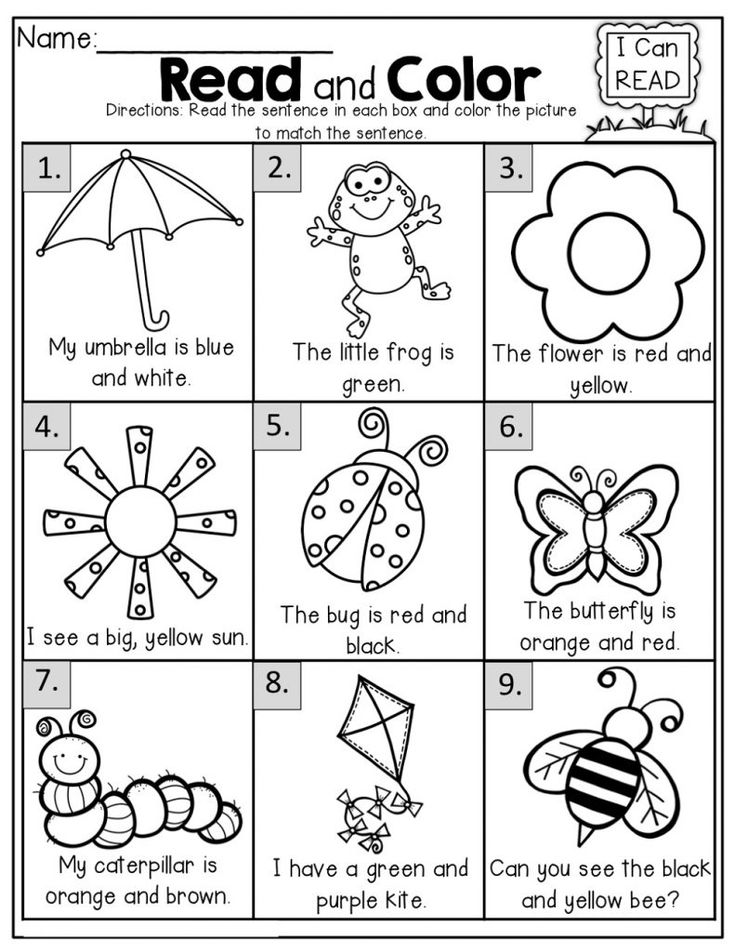 Ask your child to help you sort cutlery or laundry, counting as you sort. When you go out for a walk, count your footsteps, the number of cars or houses you see etc.
Ask your child to help you sort cutlery or laundry, counting as you sort. When you go out for a walk, count your footsteps, the number of cars or houses you see etc.
5. Get your hands dirty
Help your child to learn the numerals by exploring their shapes. Have fun forming numbers in sand with a stick, on the pavement with chalk or on sheets of paper with finger paints. Make numbers out of modelling clay. Form numbers out of small objects such as pieces of pasta or beads. Try holding your child’s finger and forming the number in the air.
All these activities can help your child to become more familiar with numerals and enjoy themselves in the process!
6. Play maths games
Try these fun games with your child to practise early maths skills and help to build your child’s confidence. Most children love playing games and it’s an easy way to support their learning.
Maths games and activities for age 3–4
Math for 3-4 Year Olds: Activities, Worksheets and Games
- Home
- >
- Blog
- >
- Teaching Math for 3 and 4 Year Olds
Jessica Kaminski
7 minutes read
April 26, 2022
With a bit of practice, math can be relatively easy for preschoolers. After kids are exposed to new math concepts, they should practice regularly. As studying math may seem a bit overwhelming at first glance, let’s cover a few basic suggestions on approaches to learning math for 3 year olds and math for 4 year olds.
After kids are exposed to new math concepts, they should practice regularly. As studying math may seem a bit overwhelming at first glance, let’s cover a few basic suggestions on approaches to learning math for 3 year olds and math for 4 year olds.
Math for Three and Four Year Olds
Math is an important subject for kids in their preschool years. To help children master basic math skills and begin to prepare them for school, it is important to work with kids on math activities that are appropriate for their age.
As you work with your child, remember that learning should be fun, and your kid should not become upset or frustrated when working on math exercises.
Math Activities
Studying math is an essential activity necessary for a child’s development. In the first few years of life, toddlers begin to build their understanding of numbers and simple math concepts. The goal is to create fun activities that promote confidence and a love for learning. Studying math in early age also develops eye-hand coordination as well as fine motor control. Following are the activities you can try with your preschooler:
Following are the activities you can try with your preschooler:
a) Color recognition
Color recognition is among the first math activities for 3 year olds. This skill lays the foundation for kids’ ability to count objects and group them by color.
To help your child learn colors, begin with simple projects like sorting objects. You can start with several different colored blocks, buttons, or other objects of the same size. Once you gather materials together, encourage your child to sort the items by color into separate piles.
Once kids master this activity for 3 year olds, move on to counting individual items using number recognition cards that you can make yourself or find online.
b) Shapes in the sky
Show your child how to make shapes in the air by making circles, triangles, and squares with their arms as they say the name of each shape out loud. Apply this exercise as part of the number activities for 3 year olds to help your child become familiar with some basic shapes that they will encounter in preschool.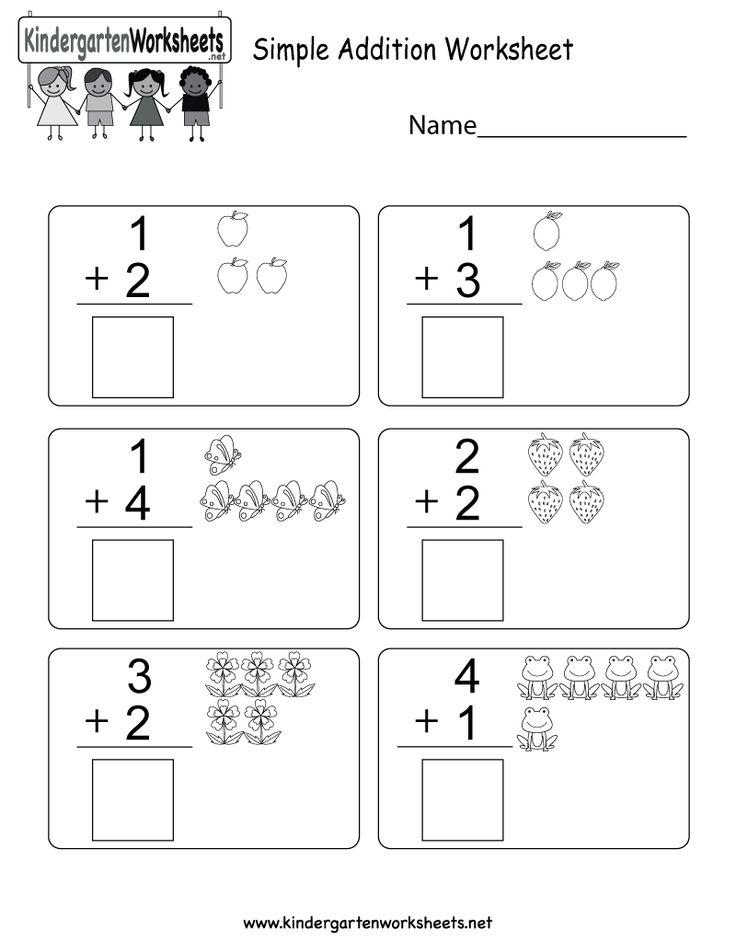
c) Tape measure
Give your child a roll of tape and watch as they measure everything in sight. Measuring is one of math activities for 4 year olds. Probably, a kid can measure toys and body parts. Be sure to ask your kid what comes after “10 inches” so that they start recognizing numbers more than 10 too!
d) Piece of pie
Invite your child to cut a piece of paper or a cardboard box into fourths and then eighths, and keep on cutting until you have a pile of pieces of different sizes. Ask your child how many pieces they have and how many more they need to cut the whole thing into 12, for example.
Numbers and Counting
Use toys to teach numbers to a 4 year old. You can count toys while holding them in your hand, e.g., 1 toy, 2 toys, 3 toys, etc.
If a kid is old enough to write, make them write numbers on paper with a pencil or crayon. If they are too small, then get some wooden number blocks from the store or make them at home and teach kids how to arrange the items in order, e.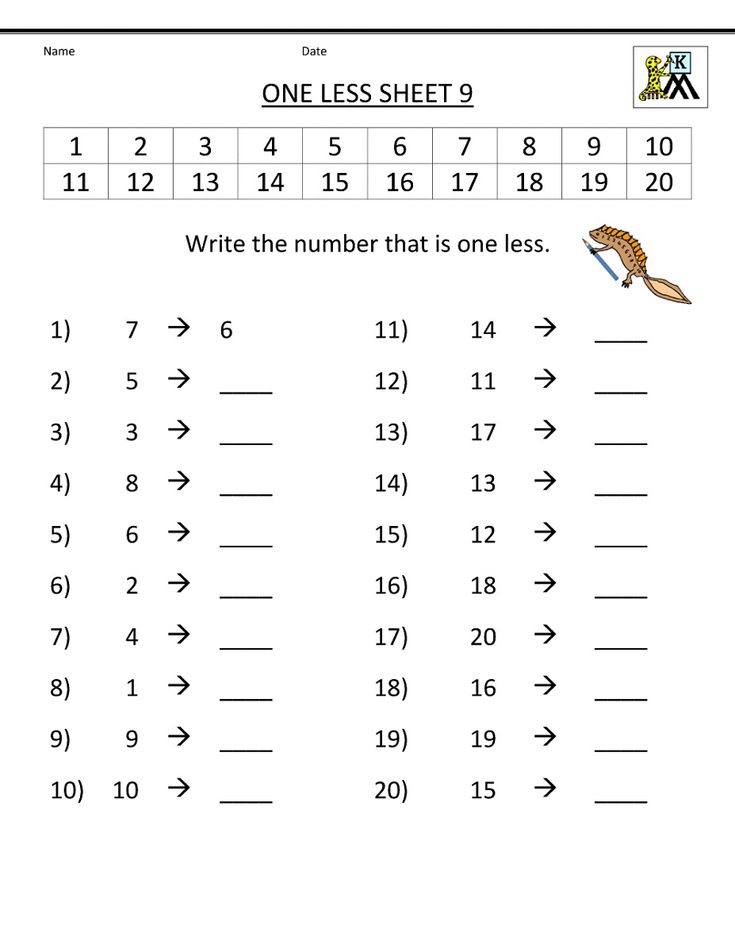 g., 1, 2, 3, etc.
g., 1, 2, 3, etc.
Counting games for 3 year olds are important tools since they help form the basis for studying math concepts. There are many ways you can teach your child how to count correctly:
- Counting with fingers: For this activity, you should sit on the floor with your child in front of you and ask to raise their hands and count one finger at a time; thus, a kid can count up to 10. That is one of the ways of how to teach numbers to a 4 year old.
- Counting with toys: It is a suitable approach to teach mathematics for 3 year olds by asking your child to gather all their toys and then count as many things as they can. Toys counting is among the most effective counting games for 3 year olds. You should give kids feedback after each try and encourage them to proceed studying.
- Counting by jumping: Perform this activity by asking your child to jump on the ground in rhythm with your voice while you count from 1 to 10 or more if they can do it successfully.
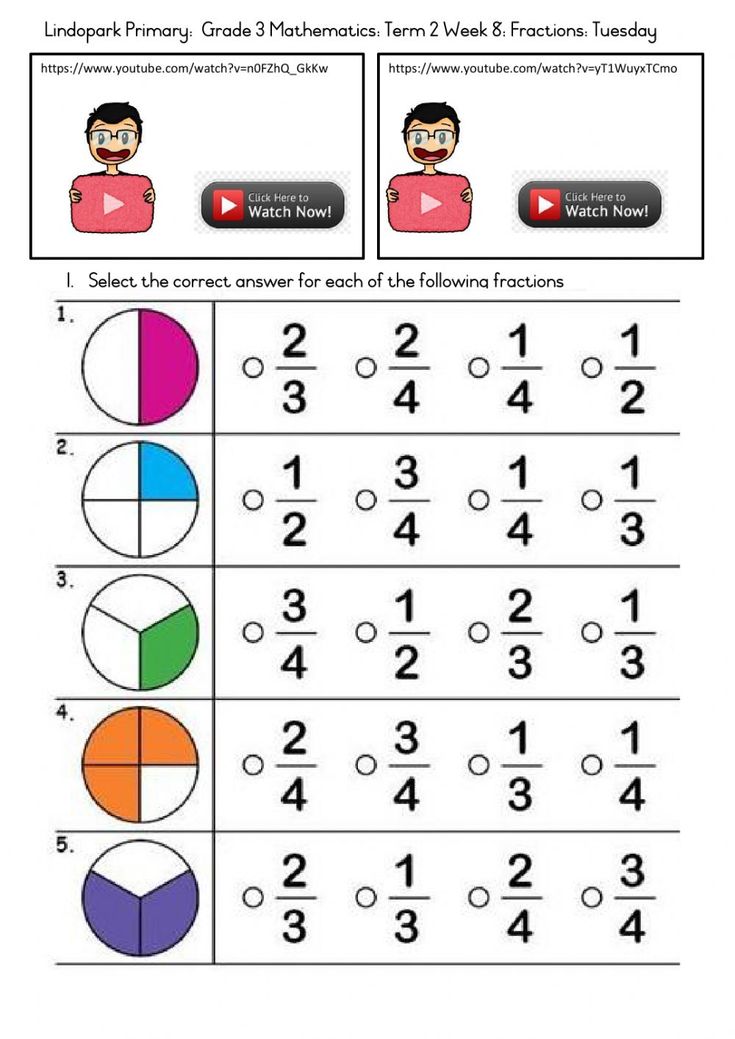 After ten jumps, a kid can stop and repeat the activity as many times as possible. It is one of the practical math games for 3 year olds.
After ten jumps, a kid can stop and repeat the activity as many times as possible. It is one of the practical math games for 3 year olds.
Math Worksheets
The ultimate goal of math worksheets is to teach children mathematics concepts, including counting, adding and subtracting numbers, and solving math problems. Remember, math worksheets are not just used for teaching math for three year olds; they are also a great resource for review and practice and can help students of all ages retain key mathematical skills.
Math worksheets for 3 year olds help kids practice simple math facts. Furthermore, they can teach children new concepts. For example, if a child is learning addition using a standard method, they may have an easier time learning a new concept such as multiplication by using the same approach.
Math Games
Math games for 4 year olds can be entertaining and effective ways to teach kids math facts, arithmetic operations, and even logic.
One of the popular math games for four year olds is dice games.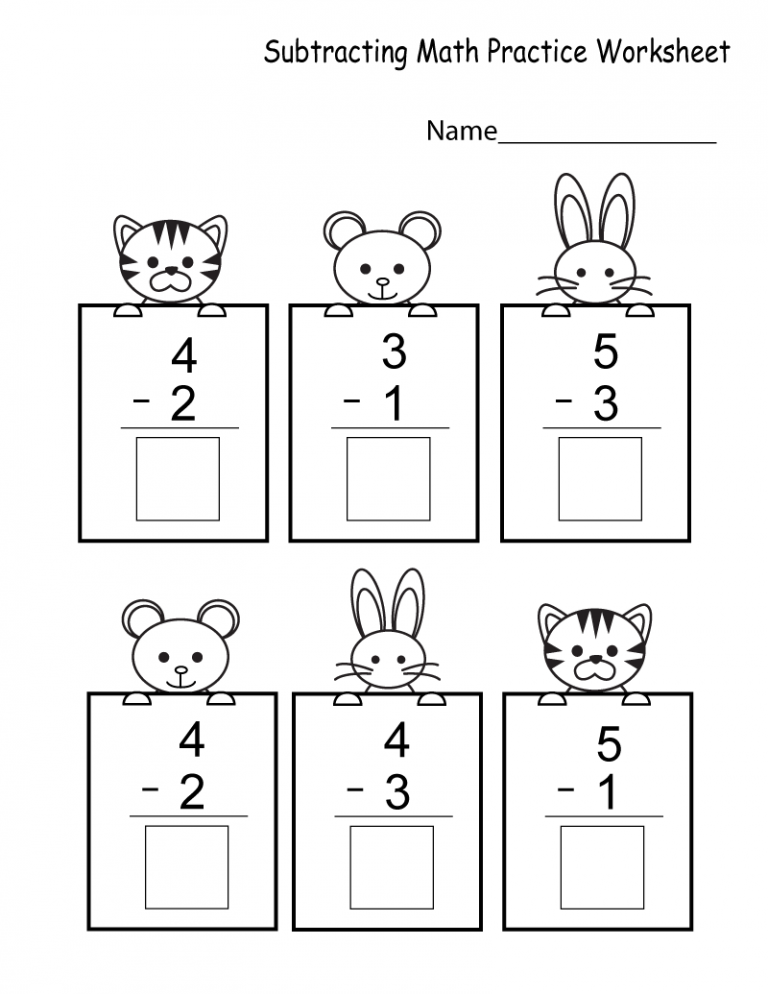 In this game, your child should roll the dice and count how many dots they see on each side.
In this game, your child should roll the dice and count how many dots they see on each side.
You can then ask a kid to add the dots on all sides together, which helps your child learn addition quickly. Dice games are suitable for children from four to seven years old.
Conclusion
Teaching the basics of math for 3 and 4 year olds is vital. Fundamental math skills they master at this age are a solid foundation for further successes in math. Early math education promotes the development of mathematical thinking and positively impacts social outcomes in the future.
Jessica Kaminski
Jessica is a a seasoned math tutor with over a decade of experience in the field. With a BSc and Master's degree in Mathematics, she enjoys nurturing math geniuses, regardless of their age, grade, and skills. Apart from tutoring, Jessica blogs at Brighterly. She also has experience in child psychology, homeschooling and curriculum consultation for schools and EdTech websites.
Book 1 to 1 Math Lesson
- Specify your child’s math level
- Get practice worksheets for self-paced learning
- Your teacher sets up a personalized math learning plan for your child
Kid’s grade
- Grade 1
- Grade 2
- Grade 3
- Grade 4
- Grade 5
- Grade 6
- Grade 7
- Grade 8
Parent’s email
Successfully sent
Mathematics for children 3-4 years old.
 Counting up to 10. Games and tasks for printing
Counting up to 10. Games and tasks for printing At the age of 3-4 years, children have their first ideas about mathematics. To continue introducing your baby to the world of numbers and shapes, we offer parents to stock up on an arsenal of exciting activities. Remember that the most effective way to teach a child is through play. So knowledge will fit in the head of a young researcher much better, and interest in knowledge will only increase.
Audio version of the article "MATHEMATICS FOR CHILDREN 3-4 YEARS OLD. LEARN COUNTING TO 10" The audio tag is not supported by your browser. Download. MATHEMATICS FOR CHILDREN 3-4 YEARS. LEARN COUNTING TO 10
Contents
Mathematics for children. We continue to study the numbers
Exercises for consolidating the account up to 10
- We play and remember the sequence of numbers
- Children's counts on the account up to 10
Games for the ratio of numbers and objects
- Games with cards
- Book the number
- Play in shop
- Puzzle games
Learning to compare “How much more is how much less”
- Treat your friends
- Compare cards
- Who is more
The first addition and subtraction examples.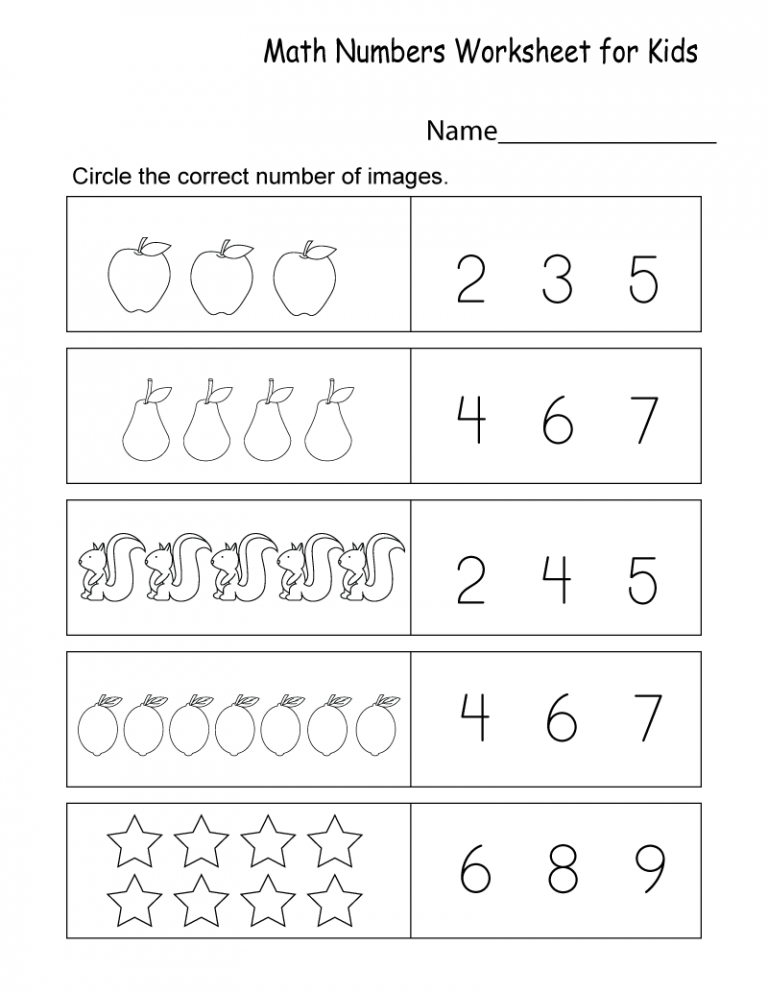 Learning to equalize objects
Learning to equalize objects
Children 3-4 years old are distinguished by high cognitive activity. Toddlers can perform simple operations within 5: count in order, recognize numbers, compare the number of objects. A three-year-old child understands the meaning of the words "more" and "less", has an idea about addition and subtraction.
If the baby still does not know how to count, then our advice from the article “Mathematics for kids 2-3 years old. Learning numbers and learning to count” will help teach him. By the age of 4, children will have to master counting up to 10, learn how to act with new numbers.
Mathematics for children. We continue to study the numbers
Math classes with children 3-4 years old introduce new concepts to kids. This age group has its own characteristics. At the age of 3, the visual-effective type of thinking is gradually replaced by a visual-figurative one. Kids learn to perform simple tasks not only with objects, but also with numbers.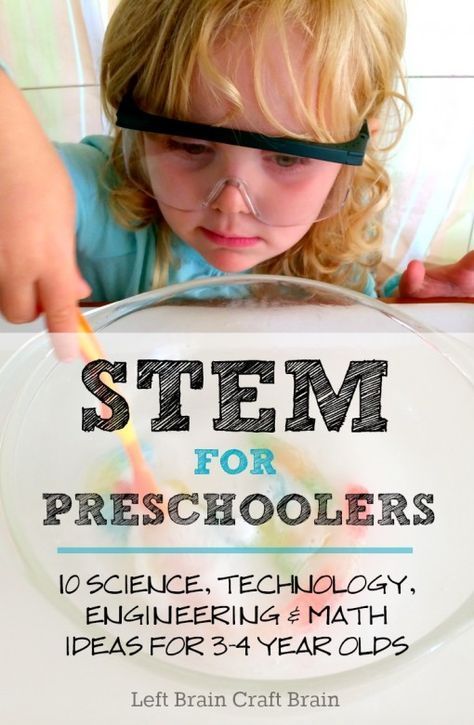
It's time to learn to count up to 10. Learning mathematical counting rhymes for the little ones makes the lessons interesting and exciting. In a fun atmosphere, children better remember new numbers, are able to solve the first examples. Using the right games and printouts will help you make friends with math.
Exercises to consolidate counting up to 10
Once your child is good at counting up to 5, move on to the next step. If the baby is still confused in numbers, return to the previous exercises. In mastering the account up to 10, difficulties may arise. This is fine. Repetition of the material, consistency and patience of adults will support the cognitive interest of the baby.
Playing and memorizing the sequence of numbers
Available games and exercises are designed for children 3-4 years old. With their help, the kid will master the quantitative and ordinal count within 10, learn to call neighboring numbers.
Divided pictures
For games, funny pictures are used, cut into equal strips vertically or horizontally. From them you need to make a complete image. The hint is the serial number located on each part.
From them you need to make a complete image. The hint is the serial number located on each part.
Sequentially arranging the numbers, the baby will be able to correctly fold the picture. The game forms in children an idea of the whole and the part, teaches counting up to 10, helps to remember the order of numbers.
You can download split pictures on our website.
Download 12 picturesConfusion
Place a bucket with numbers made of plastic or on cards in front of the baby. Tell them that they went for a walk and walked in order one after another. But suddenly a strong wind came up, whirled everyone and mixed up the row.
You need to help the numbers and build them again from 1 to 10. Try it yourself (the child builds a numerical sequence). Ready? Now let's check if the numbers are correct? Count out loud (the baby performs an ordinal count). Well done, that's right (in case of an error, ask to think and correct).
Find neighbors
Have your child build a sequential row of cards with the first ten numbers.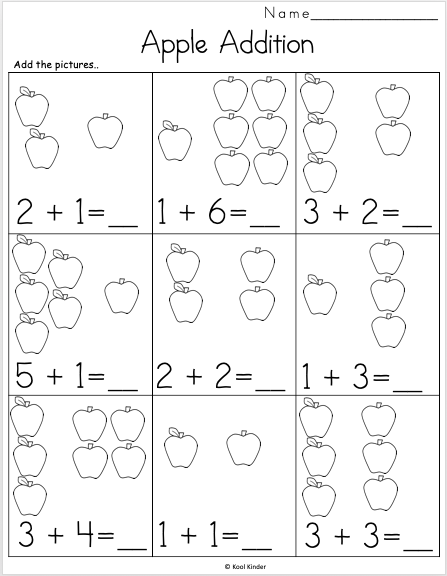 Ask what are the neighbors of the number 4 on both sides (answer 3-5), 6 (5-7), 9 (8-10)?
Ask what are the neighbors of the number 4 on both sides (answer 3-5), 6 (5-7), 9 (8-10)?
If the task is beyond your strength, ask the neighbor who stands in front of the numbers 6, 8, 10 (answers 5, 7, 9.)
Who knows, let him keep counting
This game is quite difficult, designed for children from 3.5 years old. One player says any number up to and including 7. The second one needs to name the next 3 numbers. For example: if 2 - then 3, 4, 5, if 4 - 5, 6, 7.
The first number is called by the child, the adult shows how to answer correctly. Then the players switch roles. To make the task easier for the baby, you can use cards with the corresponding numbers for clarity.
Connect the dots
The game helps to remember the sequence of counting up to 10. Give the baby a sheet with dots and numbers from 1 to 10. Ask: “Do you want to know what is drawn here? Then take a pencil and connect the dots in order, from the smallest number to the largest.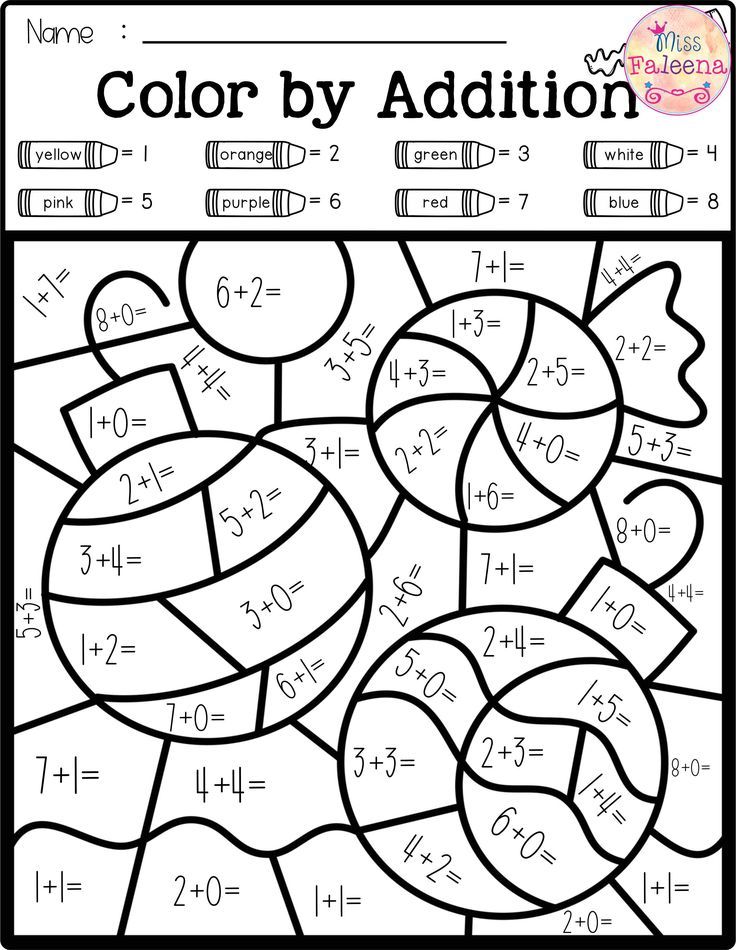 Say each number out loud.
Say each number out loud.
What is the smallest number? One. So, with what number should I start, show me? That's right, number 1. Go on. Who did you get? Kitten, well done! Now you can color the picture, it will be bright and beautiful. If the child is confused, repeat the ordinal count with him.
You can download pictures for the game on our website under the gallery.
Download 8 pictures
Children's counting rhymes up to 10
Poems and rhyming rhymes make math fun and entertaining for children aged 3–4. They can be supplemented with story games or used separately. We offer you to watch a funny musical cartoon-counting.
Toddlers like short counting rhymes because they are easy to remember. Here are some examples.
Counting from 1 to 10
We learned to count.
Well, then we don't know,
Maybe we can count together
Six - we love to eat sweets,
Seven - we help everyone,
Eight - we won't leave our friends in trouble.
Nine - learning by five,
Ten - finished counting.
Author A. Metzger
Ten crows
I decided to count the crow:
One, two, three, four, five Nine - feeds crows ...
Well, ten is a jackdaw.
So the counting rhyme is over
(folk)
A popular poem by S. Ya. Marshak will help you remember what the numbers look like and learn how to count them.
“Funny account. One to ten"
Here is one or one,
Very thin, like a knitting needle,
And here is the number two.
Admire how it is:
The deuce arches its neck,
The tail drags behind it.
And behind the deuce - look
The number three appears.
Three of the badges
Consists of two hooks.
Three are followed by four,
Sharp elbow of a bulge.
And then she went dancing
Number five on paper.
Stretched her hand to the right,
Steeply bent her leg.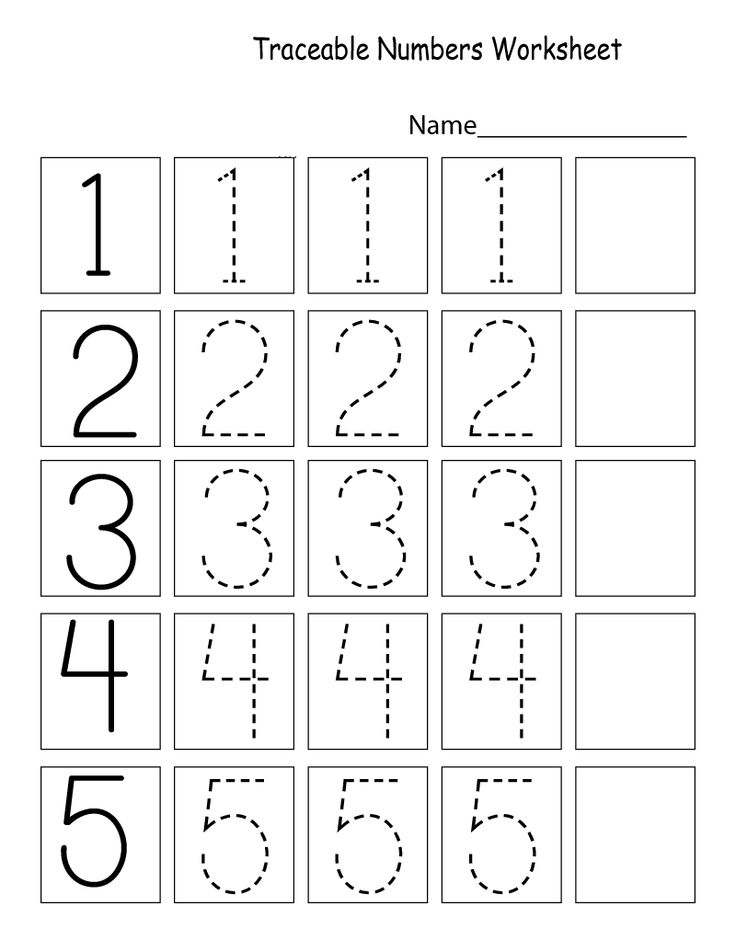
Number six - door lock:
Hook above, circle below.
Here is a seven - a poker.
She has one leg.
The figure of eight has two rings
Without beginning and end.
Number nine or nine
Circus acrobat:
If you stand on your head,
Number six nine will become.
A number like the letter O
This is zero or nothing.
Round zero is so pretty,
But it doesn't mean anything!
If on the left, next to it
Applicable unit,
He will weigh more,
Because that's ten.
These numbers are in order
Write in your notebook.
I'm talking about every now
I'll compose a story for you.
S. Marshak
The full version of the book can be bought at the Labyrinth store.
Games for the ratio of numbers and objects
We continue to acquaint the baby with the numbers of the first ten. We teach the child to recognize numbers from 1 to 10 and correlate with the same number of objects.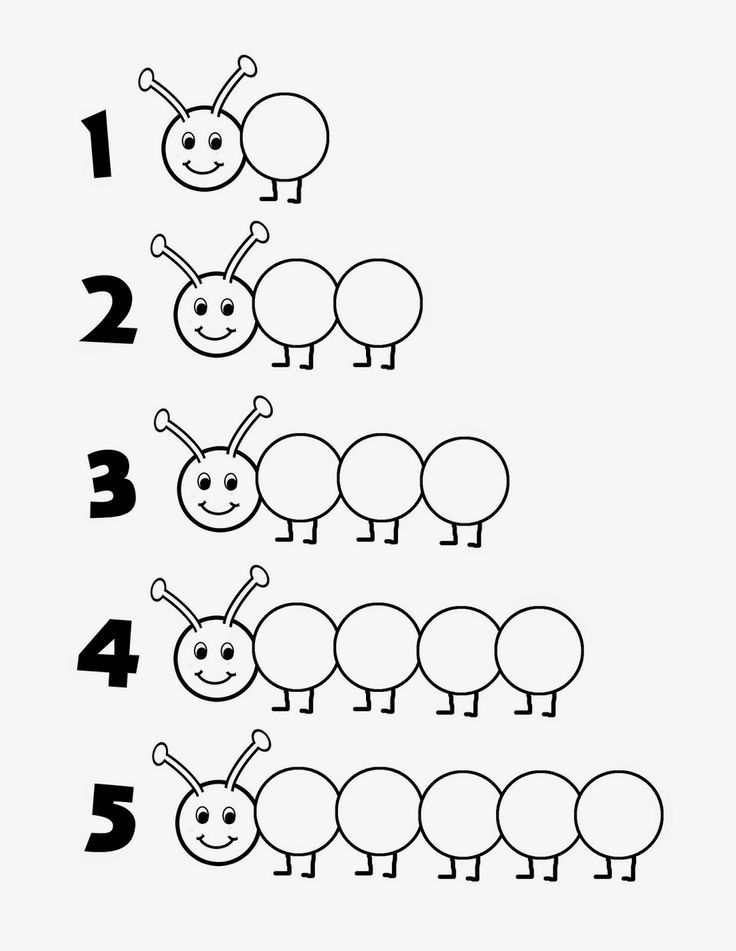 Mathematics classes for children aged 3-4 include more complex tasks than a year ago.
Mathematics classes for children aged 3-4 include more complex tasks than a year ago.
The baby will have to deal not only with real objects, but also with their image on cards or pictures. A selection of available games and printable tasks will make your task easier.
Card games
First you need to consolidate the skills of recognizing new numbers. Prepare two types of cards: one with pictures, the other with numbers. To captivate children, participate in the game as equals.
Place the picture cards on the table. Put the numbers from 1 to 10 in a box, put them next to each other. Each participant in turn takes out a card with a number. It is required to find a picture with the same number of objects.
Download cards for the game
Fill in the number
You will need special cards for the lesson. These fit well.
If you use a pencil, it will be more interesting. Have your child count the number of items on each card.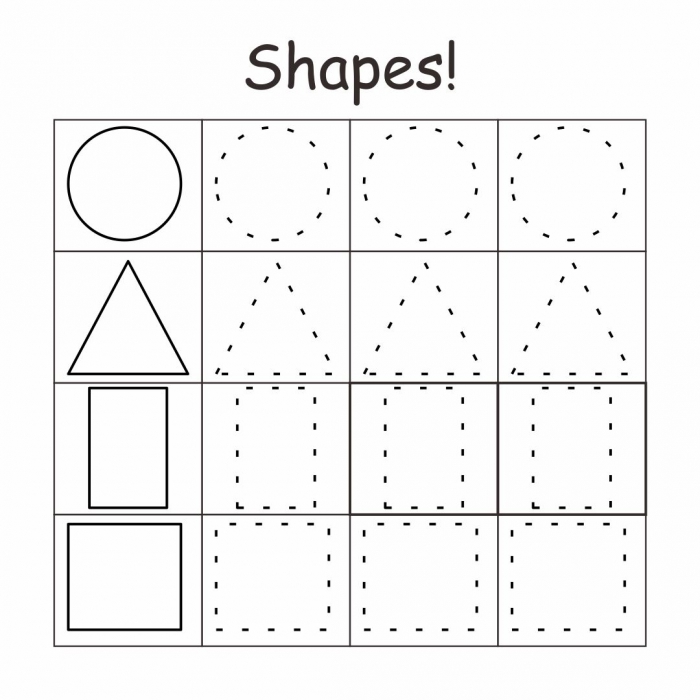 Ask them to show and circle the appropriate number.
Ask them to show and circle the appropriate number.
Ask: How many apples are in the picture? (three). Show the number 3. That's right, you can paint over the box.
Download 2 sheets with cards
Playing shop
Kids imitate adults in everything and take part in the game with pleasure. Mom and dad are the buyers, the child is the seller. Use cards with different amounts of fruits, vegetables, toys, nuts. There should be no more than a dozen items in one picture.
Instead of money, they use cards with numbers from 1 to 10. The buyer comes to the store, gives a card with the number 3 and asks to sell tomatoes. The seller needs to find the goods in the right quantity and hand them to the buyer.
Puzzle games
Toddlers can already make simple puzzles. The skill is useful for doing mathematics with children 3-4 years old. A variety of visual materials and tasks maintains interest in exercises, develops perseverance.
Double puzzles consist of two parts.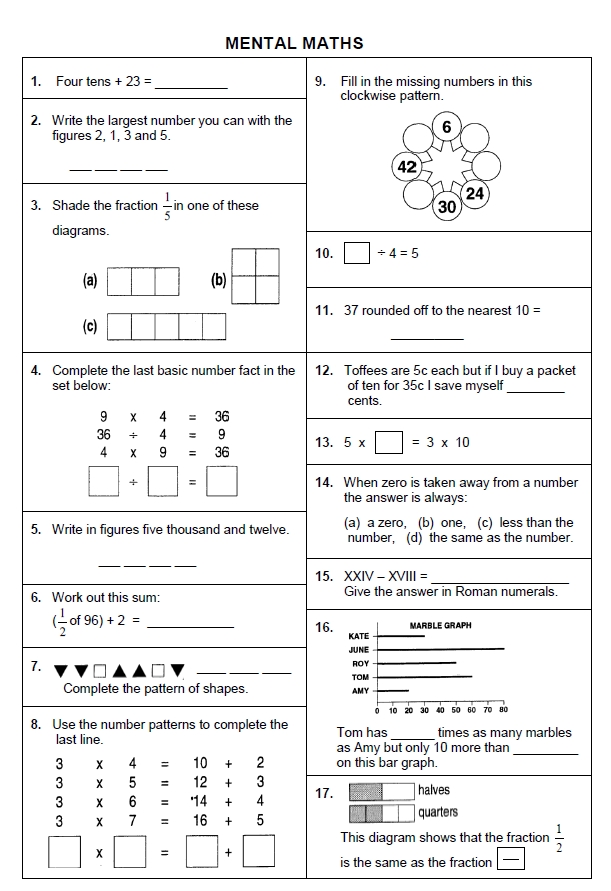 One shows a number from 1 to 10, the other shows the same number of familiar items (fruits, birds, flowers, circles). By folding the halves, the child learns the ratio of numbers with the number of objects.
One shows a number from 1 to 10, the other shows the same number of familiar items (fruits, birds, flowers, circles). By folding the halves, the child learns the ratio of numbers with the number of objects.
Puzzles for classes can be downloaded here.
Download puzzlesCut the cards printed on the printer along the center line. Ask your child to find the matching halves and put together some puzzles.
The first version of the game: match the second part to the number. The second is to find a half that matches each picture. It is convenient to use reusable wooden puzzles. You can buy them in the Ozon online store.
Learning to compare “How much more to how much less”
In math classes between the ages of 2 and 3, the child learned to compare populations. He knows how to operate with the concepts of “more, less, equally”. At 3.5 years old, the child is able to determine the difference in numerical terms, to count how many items are more or less.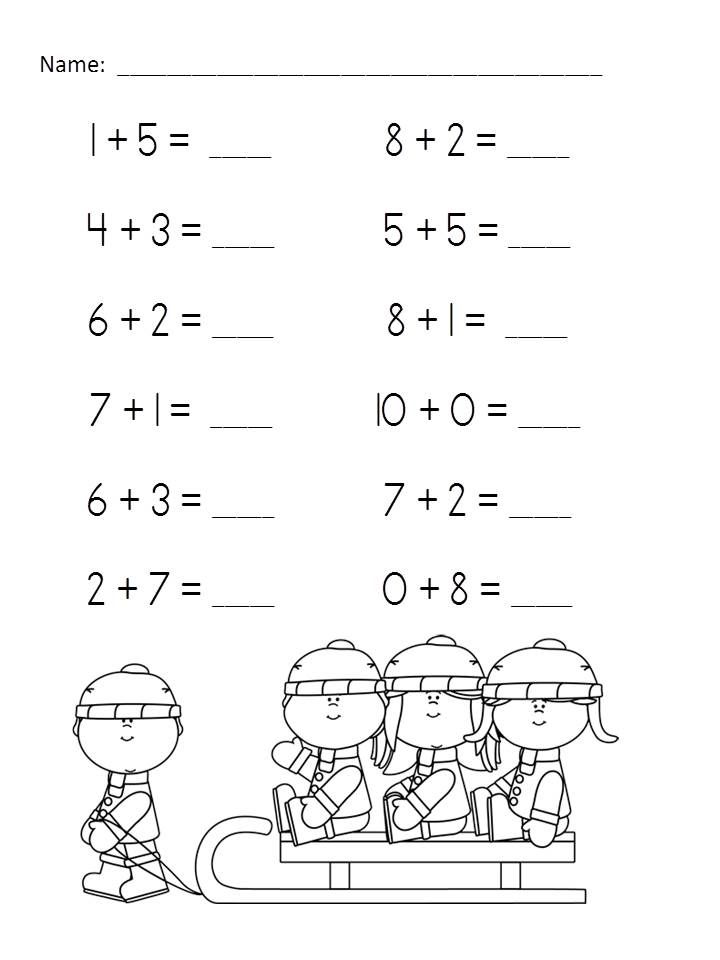 You can develop the skill in everyday games with practical examples.
You can develop the skill in everyday games with practical examples.
Treat your friends
3 toys came to visit us: a bunny, a clown and a tumbler. You need to give them candy. Take it out of the vase. How many sweets do we have (4)? Which is more - sweets or toys (candy). How much more (one)? Well done, she'll get you.
Cards can still be used for games. Feed the squirrels with cones. Lay out 4 cards with the image of squirrels, and under them 3 cones. Ask the baby: “Did all the squirrels have enough cones? Not? Who didn't have enough? And let's make squirrels and cones equally?
Lay out a different number of cards each time and let the baby feed all the animals. Download cards for the game on our website.
Download flashcards
Compare flashcards
During the day, between times, show your child two cards with different numbers of objects. Ask where are more items? How much? Where is less? The child will learn to compare groups and determine the difference in their number.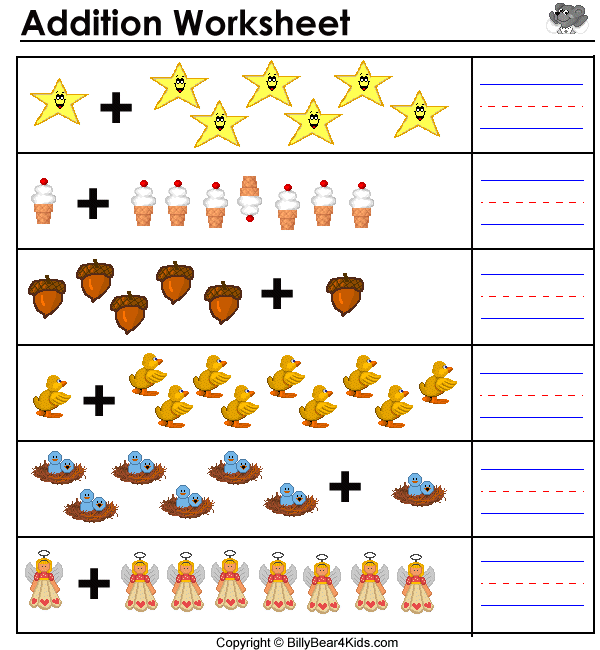
For children 3-4 years old, you can already use different types of images: figurative pictures and geometric shapes. Let's say there are 3 carrots on one card, and 2 mugs on the second. Or 1 square and 5 chickens and so on. The task of the game is to teach the child to see the quantitative difference, regardless of the characteristics of the objects.
Who is more
An adult says: “Girls and boys are walking in the yard. Instead of boys, there will be squares, instead of girls, circles (puts 6 squares and 4 circles mixed on the table). How many guys are there? And which of them is more? How much?
Tell the child that it is easy to find out if you arrange the figures in 2 rows, one under the other. How many fewer girls than boys? And now make sure that they were equally.
It happens that it is difficult for a baby to determine the numerical difference. In this case, change the tasks to simpler "Greater than, less than or equal to." Cards for the game “One-many” can be downloaded in the article “Mathematics for kids 2-3 years old.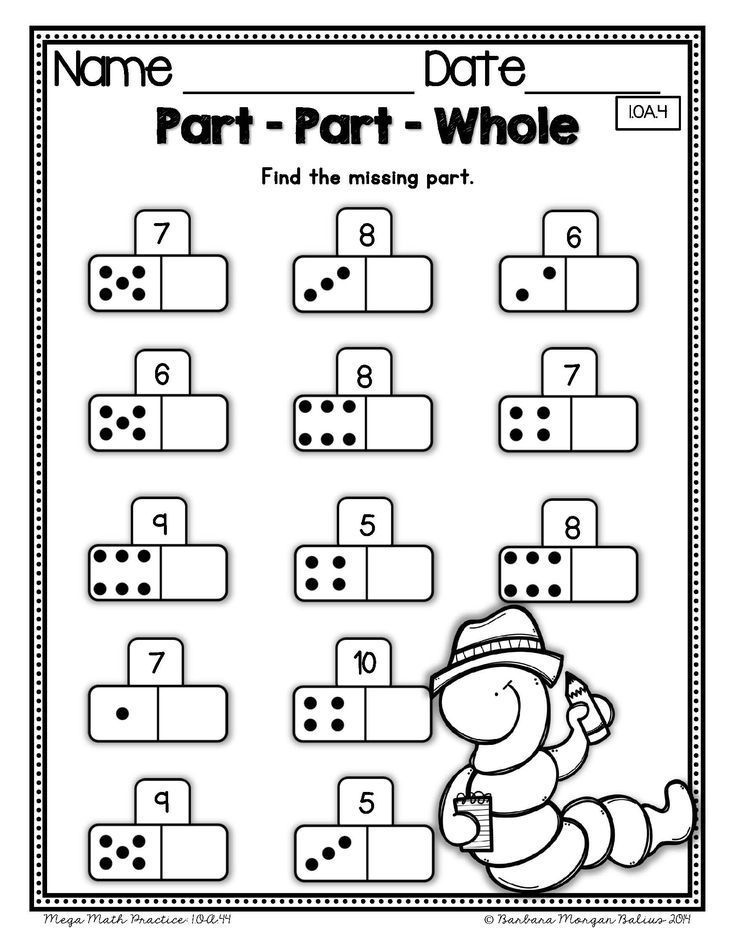 Learning numbers and learning to count.”
Learning numbers and learning to count.”
First addition and subtraction examples. Learning to equalize objects
Math examples for 3-4 year olds introduce simple arithmetic operations. The child learns new words: subtract, subtract or add, add, learns to use them.
For the first lessons, any compact objects are suitable - nuts, buttons, pebbles, toys. Then move on to the exercises with pictures or cards. For example, like this.
Comparing rows of objects, the baby gets a visual representation of the difference in quantity and fixes the score to 10.
You can take the buttons, and for clarity we will use cards with apples and pears. If you also want to play with cards, you can download them here:
Download cardsAsk the baby to lay out two rows of buttons, one under the other. For the top you need to take 6 white buttons, for the bottom - 4 red ones.
Give the task to make the rows the same or equal. The child will make several attempts and find the right solution.
Tell me that you can equalize items in different ways. One of them is subtraction. We take away where there are more items. The other is addition, we add where it is less.
Remove 2 apples
Add 2 pears
Let the child try both methods, commenting on his actions: “There are more white buttons than red ones. You have to take two. Now it's even." By completing tasks, the kid will get acquainted with the basic mathematical concepts in an accessible game form. When the child learns to solve examples with two rows, add a third.
Exercises with examples instill in young children an interest in mathematics, form the initial computing skills.
In conclusion, we note that doing mathematics with children 3-4 years old is not at all difficult. This is within the power of every parent and takes a little time: only half an hour a day. Focus on the age of the baby, do not skimp on praise, encourage effort and the result will please you.
😃 Mathematics for children 3-4 years old
From birth, a child begins to explore the world, he learns a lot of new and interesting things. He receives the first knowledge from mom, dad and those people who are constantly with him.
He receives the first knowledge from mom, dad and those people who are constantly with him.
By the age of three, the child begins to speak well, knows how to listen, repeats a lot, so at the age of three or four, a child can begin to teach mathematics.
Mathematics can be taught to a child at home, at home, in a calm environment. The lesson should take no more than 20 - 25 minutes, if you see that the child is tired or has no attention, stop the lesson.
Do not scold the child, praise him, even if he does not succeed.
It is necessary to organize the lesson in such a way that the child is interested, conduct classes in the form of a game, during the game the child easily remembers the necessary information and does not get tired.
Conduct classes regularly, and if the child has not learned the previous material well, do not teach him something new, but return to the old topic and repeat it again.
Try to alternate activities with mental stress, sports or exercise.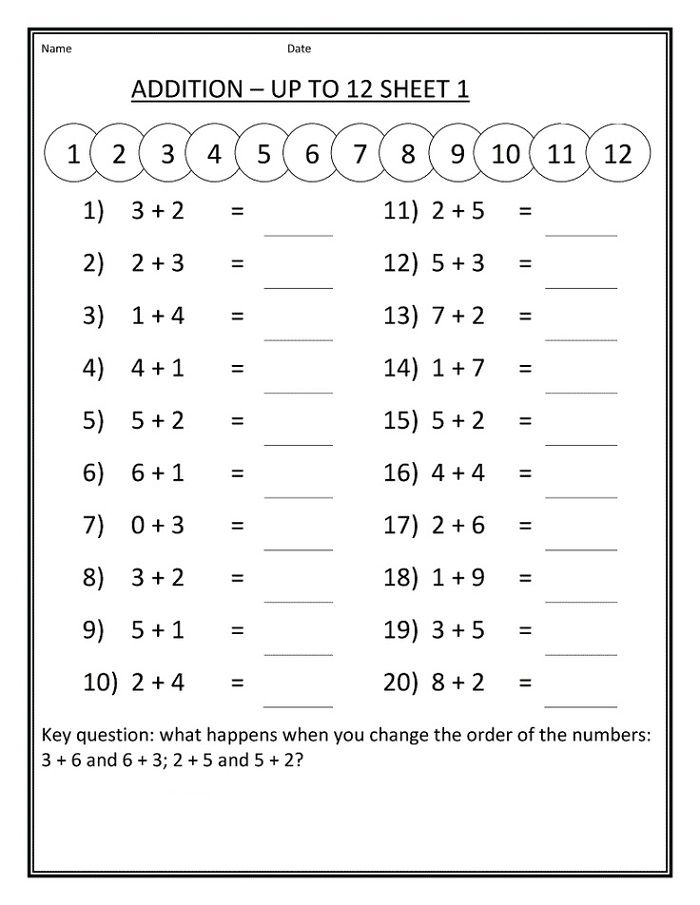
The best time to practice is in the morning, when the child is well rested, has had breakfast and perceives new information well or after a nap.
The child should not be distracted during class, so clear the table and prepare only the material you will need for the class.
To keep your child interested, prepare bright props for him, various aids and materials that he has not seen before. You can make your own materials for classes or buy in a store. After the lesson, remove all learning material so that the child does not play with it, and to maintain interest in the next lesson.
What a child of 3-4 years old should know in mathematics
- Know and distinguish colors (red, blue, green, yellow, white, black).
- Know numbers up to four. Learn to count to four.
- Must know basic shapes: square, rectangle, triangle, circle.
- Be able to master the concepts: one - many, big - small, low - high.
- Must be able to stack objects by size, color, shape.
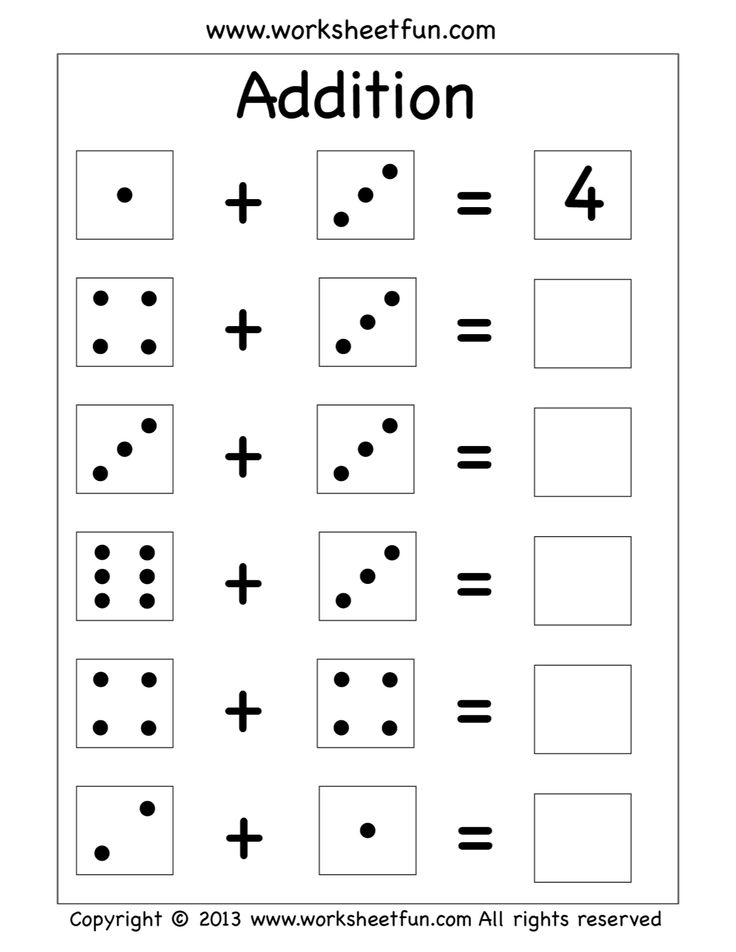
Math for 3-4 year olds
Learning colors (red, blue, green, yellow, white, black)
Learn colors visually with your child, showing and telling your child which color it is. Keep repeating what color it is. Then you can use any objects with these colors to fix in the memory of the child. Do the exercises in the form of a game.
Red
Examine each picture carefully with your child and repeat that it is red.
The picture shows a red apple.
The picture shows a red flower.
The picture shows a red tomato.
The picture shows a red car.
The picture shows a red balloon.
The picture shows a red pyramid.
Blue color
Examine each picture carefully with the child and repeat that it is blue.
The picture shows a blue bow.
The picture shows a blue bucket.
The picture shows a blue dolphin.
The picture shows blue boots.
The picture shows a blue bird.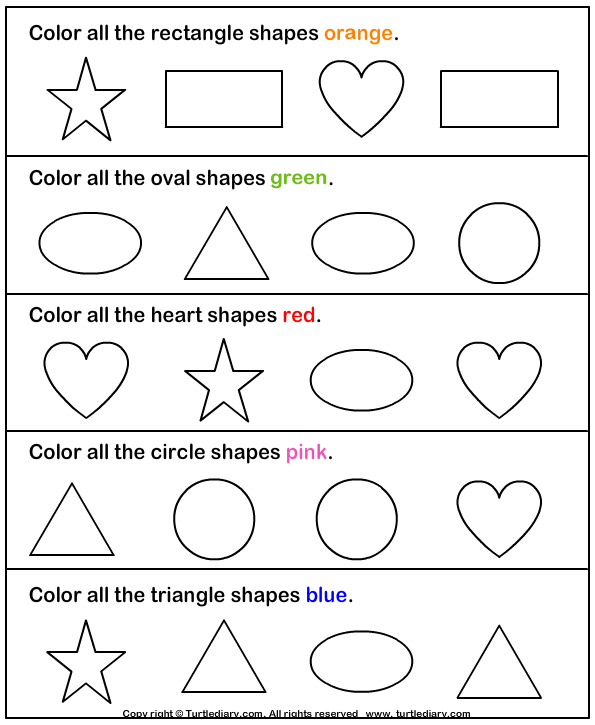
The picture shows a blue umbrella.
Yellow
Examine each picture carefully with your child and repeat that it is yellow.
The picture shows a yellow umbrella.
The picture shows a yellow star.
The picture shows a yellow banana.
The picture shows a yellow lamp.
The picture shows yellow fins.
The picture shows a yellow lemon.
Green color
Examine each picture carefully with the child and repeat that it is green.
The picture shows a green watermelon.
The picture shows a green frog.
The picture shows a green hat.
The picture shows green leaves.
The picture shows a green sharpener.
The picture shows a green pea pod.
White
Examine each picture carefully with your child and repeat that it is white.
The picture shows a white bunny.
The picture shows a white mug.
The picture shows a white bird.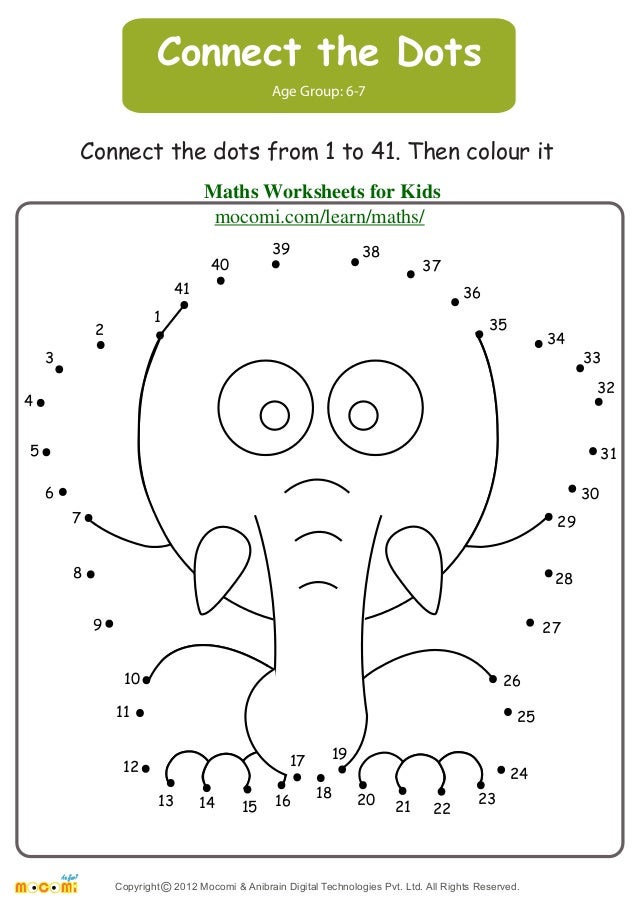
The picture shows a white dress.
The picture shows a white bow.
Black
Examine each picture carefully with your child and repeat that it is black.
The picture shows a black teapot.
The picture shows a black notebook.
The picture shows a black computer.
The picture shows a black umbrella.
After learning all the colors, look and do the following exercises. Your child can reinforce their new knowledge. After studying the colors, play visually with the child. Here, the child will be involved in auditory memory, visual memory, attention.
Reinforcement exercise
Exercise one
Look at the following picture and answer the questions.
Are there green cubes in the picture?
Show all red cubes.
Are there blue cubes in the picture?
Show all yellow cubes.
Tell and show all the colors of the cubes.
Exercise two
Look carefully at the picture and answer the following questions.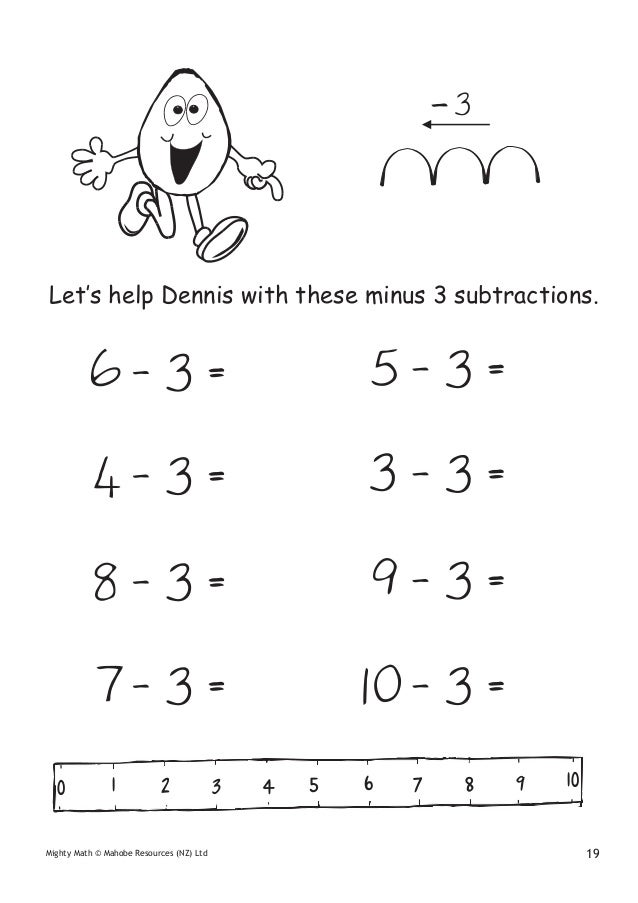
Is the ball green?
Is the ball blue?
Tell and show what other colors are on the ball.
Learn numbers
A child can learn numbers up to four by visually studying different subjects. In a playful way, any information is easily assimilated.
After this exercise, your child can reinforce his new knowledge. After studying the numbers, look at the following exercises and play visually with the child. Here, the child will be involved in auditory memory, visual memory, attention.
Exercises to reinforce the material
Exercise one
Look carefully at the picture with your child, consider what is drawn on it. The child must answer several questions.
How many ships are in the first picture?
How many fish are in the first picture?
How many hippos are in the second picture?
How many toys are in the second picture?
How many toys are in the first picture?
Exercise two
Look carefully at the number in the box and draw the same number of red balls.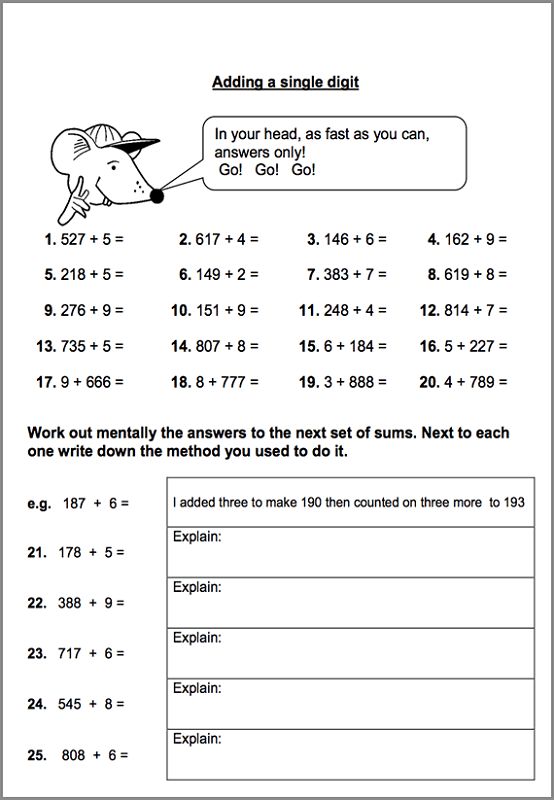
Look at this number in the box and draw the same number of green balls.
Look at this number in the box and draw the same number of blue cars.
Look at this number in the box and draw the same number of yellow cubes.
Interactive game - learning shapes
It is very important for a 3-4 year old preschooler to know shapes. Many children by this age know what a square, circle, rectangle, triangle is. Consider all the figures and practice on the exercises.
After studying the figures, look at the following exercises and play visually with the child. Here, the child will use auditory memory, visual memory, attention, let's add an account.
Strengthening exercises
Exercise one
In this exercise, given the figures, look at them carefully and answer the following questions.
How many green squares?
How many red rectangles?
How many yellow triangles are shown?
How many green triangles?
How many blue circles are there?
How many yellow circles?
How many squares are there in total?
How many rectangles are there in total?
How many triangles are drawn?
Exercise Two
Look at the following picture and answer the following questions.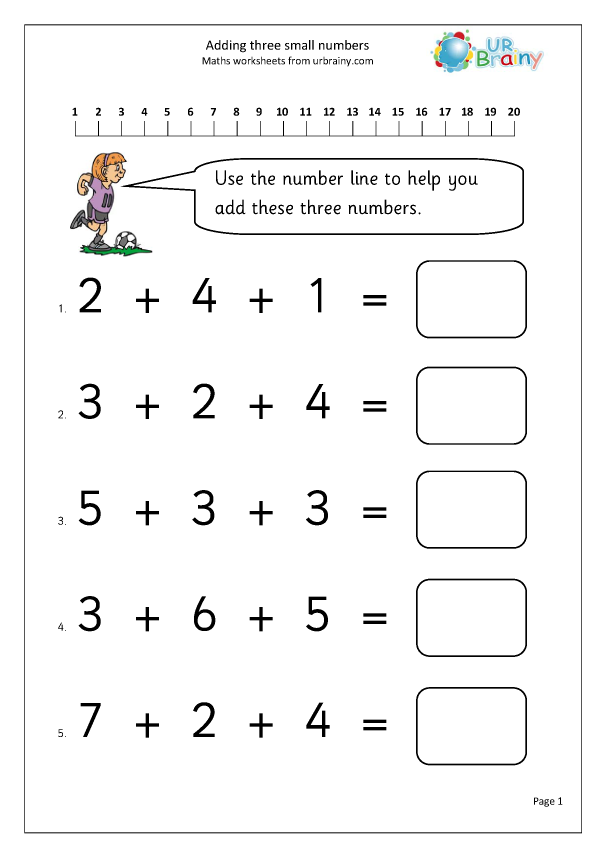
What figures were used to build the house?
What shapes is the tree drawn from?
How many blue circles are in the picture?
How many red triangles are there?
How many yellow circles?
How many green circles?
How many blue triangles?
Learning basic concepts
Preschool children aged 3-4 should know the basic concepts: one - many, small - big, high - low. A child can visually remember one or many objects and compare their height, considering different objects it will be interesting and informative for him to compare them. In a playful way, any information is easily assimilated. Talk to your child aloud each task.
Consider the following pictures one - many:
Consider the following pictures small - large.
Consider the following pictures low - high.
Tall tree and short tree tall giraffe and short horse
Strengthening exercises
Exercise one
Look at the following picture and answer the following questions.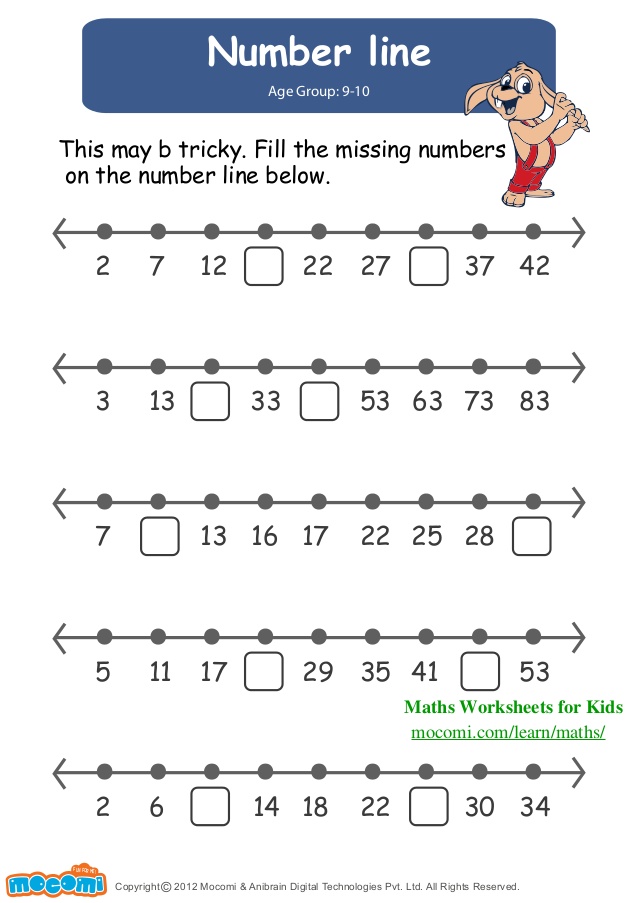
Which cube is larger?
Which cube is smaller?
Small cube, what color?
Big cube, what color?
How many cubes are there in the picture?
Exercise two
Examine the following picture carefully with your child and answer the following questions.
Which pyramid is bigger?
Which pyramid is smaller?
What colors does the big pyramid consist of?
How many green rings are on the small pyramid?
How many yellow rings are on the two pyramids?
How many red rings are on the big pyramid?
How many green rings are there?
See further:
- Mathematics for children 5 years old
- Mathematics for preschoolers 5-6 years old
- Mathematics lessons 6-7 years old
Developing mathematical games for children:
Games for the development of mathematical account
Educational games for preschoolers
Game 1 "Submarines"
The main essence of the game is to read the questions and observe the movement of the boat and press the arrows on the keyboard correctly.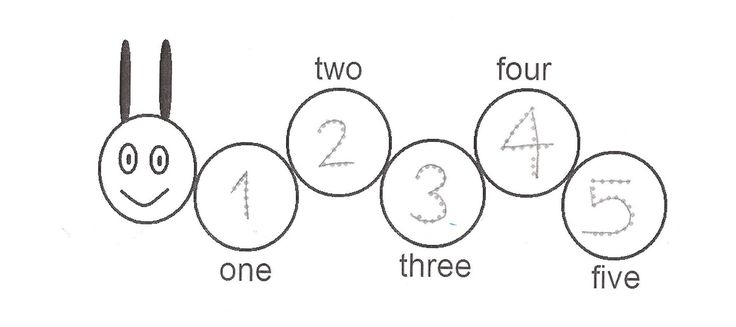
The game "Submarines" develops the child's attention.
Submarines move in the sea in the following directions: left, right, down, up. The question appears on the screen: “Where are the boats pointing?”, “Where are the boats moving?”. Look carefully at the question, at the movement of the boats and their direction. Use the arrows to answer the question correctly. For the correct answer you get points and play further. If you have three incorrect answers, the game ends.
Play Now
Game 2 Stroop Challenge Reloaded
The Stroop Challenge Reloaded game develops attention.
The main essence of the game is to compare the value of the left card and the color of the right card.
It is necessary to correctly determine whether the name of the color on the left card matches the color of the text on the right card. If it matches, answer "yes", if it does not match, answer "no". Below are two buttons "yes" and "no". You can use the arrow keys on your keyboard.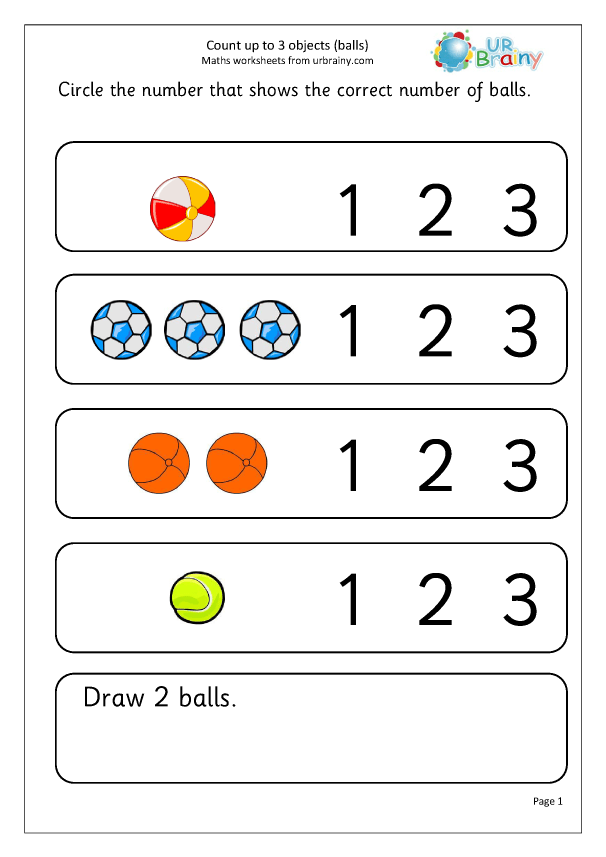 If you answer correctly, you score points and move on to play.
If you answer correctly, you score points and move on to play.
Play now
Game 3 "Airport"
The game "Airport" develops attention.
The main point of the game is to indicate where the blue plane is flying and where the red one is flying from.
In this game, helicopters, planes and various aircraft fly across the sky. An airplane is drawn in the center, it is necessary to correctly answer the questions posed and indicate: "Where the plane flies" and "Where the plane flies from." If you answer correctly, you score points and play further.
Play now
Game 4 "Visual search"
The game "Visual search" develops attention.
The main essence of the game is to find a figure that is not like the others.
In this game, different geometric figures are given, you need to find among all the figures one that is unlike the others. If you answer correctly, then score points and continue playing.
Play now
Game 5 "Space"
The game "Space" develops attention.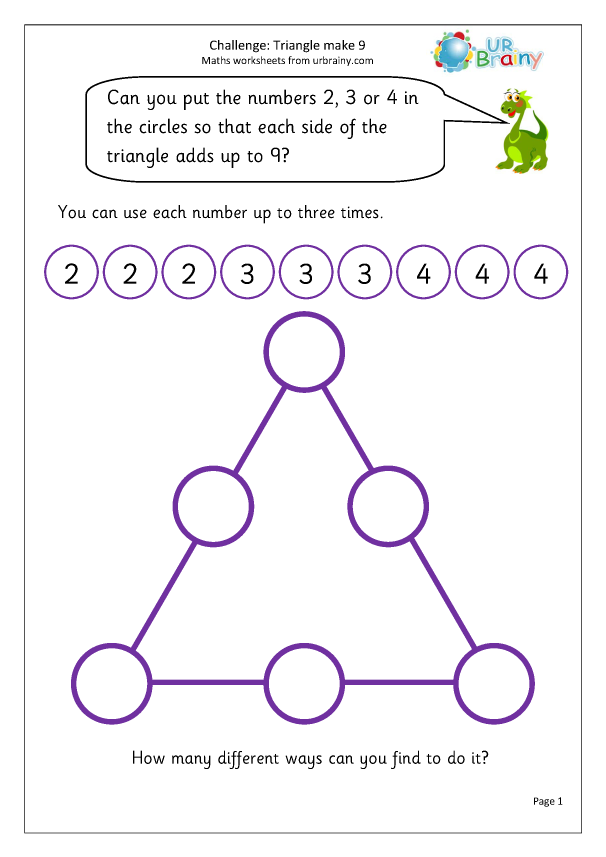
The main point of the game is to quickly indicate where the spaceship is flying.
In this game, a spaceship is flying, you need to quickly indicate where the spaceship is flying. You can answer using the arrows on the screen. If you answer correctly, then score points and play on.
Play now
Game 6 "Concentration"
The game "Concentration" develops attention.
The main essence of the game is to remember where the pairs of identical objects are and click after the cells are closed.
In this game, objects are given, you need to remember these objects, where they are, then the cells are closed. You need to remember where these objects were and click on these cells. If you answer correctly, then score points and play on.
Play now
Game 7 "Find a coin"
Game "Find a coin" develops memory and attention.
The main point of the game is to click on the cell and find a coin.
In this game you need to find coins.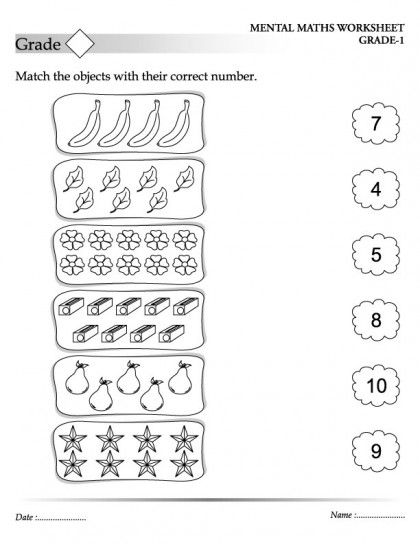 Houses are drawn on the screen, you need to find a coin in these houses, you cannot click on the same house twice in a row. If you answered correctly, you score points and continue playing.
Houses are drawn on the screen, you need to find a coin in these houses, you cannot click on the same house twice in a row. If you answered correctly, you score points and continue playing.
Play Now
Game 8 Pathfinder
Pathfinder game develops memory.
The main essence of the game is to remember the traces of animals and repeat them.
In this game, animal footprints appear on the screen, look carefully and remember the order in which the footprints appear. Then you need to show which track appeared first and which one came second. If you answered correctly, you score points and play on.
Play now
Game 9 "Diamonds"
The game "Diamonds" develops memory.
The main point of the game is to remember the order of the lights on the screen and repeat it.
Figures light up on the screen in turn, remember the order in which these figures are lit and repeat it. You can do this with the mouse or the cursor on the keyboard.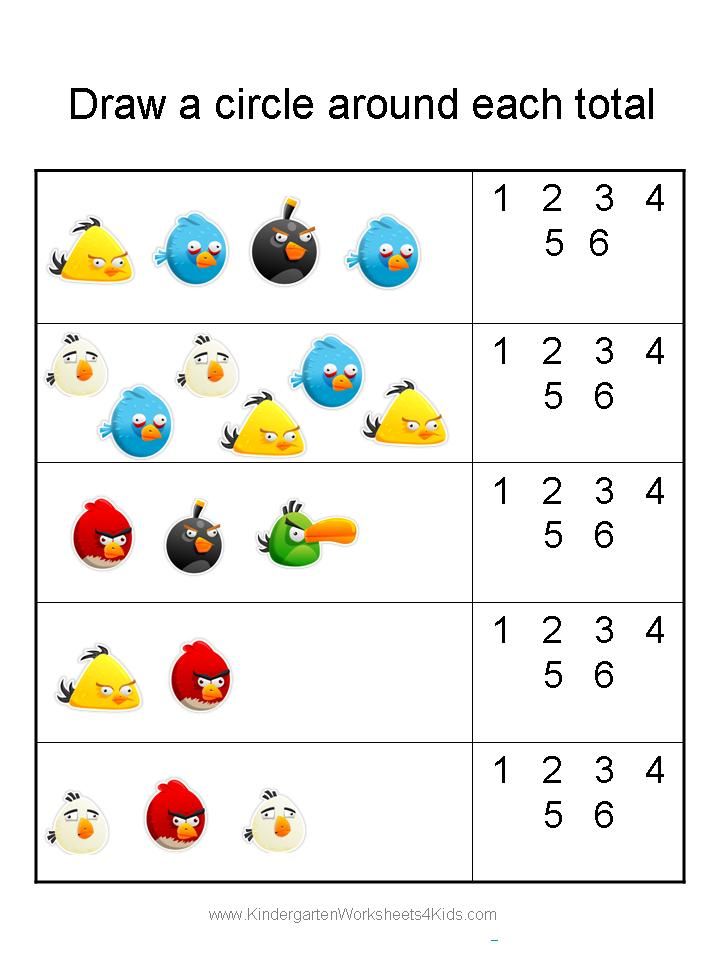 If you answer correctly, you score points and play on.
If you answer correctly, you score points and play on.
Play now
Game 10 "Complex sorting"
"Complex sorting" game develops thinking and memory.
The main essence of the game is to choose a figure that completely matches or does not match.
In this game, a figure is given, which is located in the center of the screen and below it there are three more figures. It is necessary to find exactly the same figure as drawn in the center. It should be the same in color and shape. If you answered correctly, you score points and play on.
Play now
Courses for the development of intelligence
In addition to games, we have interesting courses that will perfectly pump your brain and improve intelligence, memory, thinking, concentration:
Development of memory and attention in a child aged 5-10
Purpose of the course: to develop memory and attention in a child so that it is easier for him to study at school, so that he can remember better.
After completing the course, the child will be able to:
- 2-5 times better memorize texts, faces, numbers, words
- Learn to memorize for a longer period
- Increase the speed of remembering the necessary information
0003
Speed up mental counting, NOT mental arithmetic
Secret and popular tricks and life hacks, suitable even for a child. From the course, you will not only learn dozens of tricks for simplified and fast multiplication, addition, multiplication, division, calculating percentages, but also work them out in special tasks and educational games! Mental counting also requires a lot of attention and concentration, which are actively trained in solving interesting problems.
Enroll in a courseMore
Secrets of brain fitness, train memory, attention, thinking, counting
If you want to overclock your brain, improve its functioning, pump up memory, attention, concentration, develop more creativity, perform exciting exercises, train in a playful way and solve interesting questions, then sign up! 30 days of powerful brain fitness are guaranteed to you :)
Sign up for a courseMore
Super-memory in 30 days
As soon as you sign up for this course, a powerful 30-day training for the development of super-memory and brain pumping will begin for you.
Within 30 days after subscribing, you will receive interesting exercises and educational games in your mail, which you can apply in your life.
We will learn to memorize everything that may be required in work or personal life: learn to memorize texts, sequences of words, numbers, images, events that happened during the day, week, month, and even road maps.
Sign up for a courseMore
How to improve memory and develop attention
Free practice session from advance.
Sign up for freeMore
Money and millionaire mindset
Why are there problems with money? In this course, we will answer this question in detail, look deep into the problem, consider our relationship with money from a psychological, economic and emotional point of view. From the course, you will learn what you need to do to solve all your financial problems, start saving money and invest it in the future.
Sign up for a courseMore
Speed Reading in 30 days
Would you like to read interesting books, articles, newsletters and so on very quickly? If your answer is "yes", then our course will help you develop speed reading and synchronize both hemispheres of the brain.